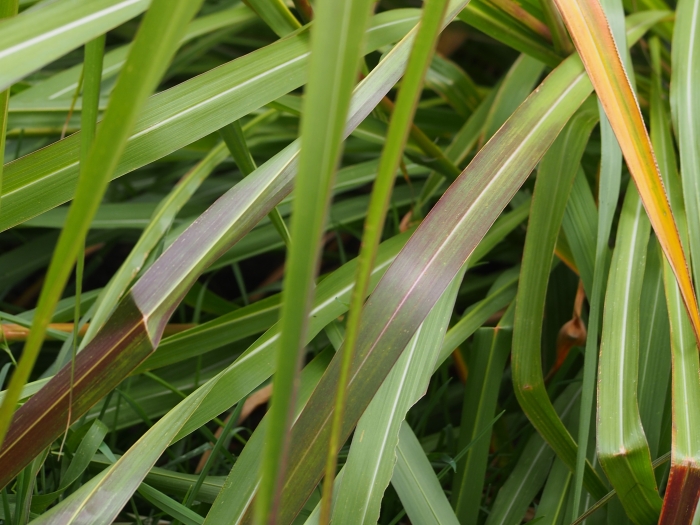Eastern Gamagrass
(Tripsacum dactyloides)
Eastern Gamagrass (Tripsacum dactyloides)
/
/

Agnieszka Kwiecień, Nova
CC BY-SA 4.0











































































Estimated Native Range
Summary
Eastern Gamagrass is valued for its adaptability to a range of soil moisture conditions, from drought to flood, due to its deep, rhizomatous roots. It is often used for soil stabilization and as a forage crop due to its high nutritional value. In gardens, it can serve as a tall ornamental grass or in naturalized plantings. It prefers full sun to part shade and requires medium amounts of water, thriving in soils with medium to slow drainage. While it is not commonly afflicted by diseases, it can become quite large and may require space to spread.CC BY-SA 4.0
Plant Description
- Plant Type: Grass
- Height: 2-6 feet
- Width: 4-6 feet
- Growth Rate: Moderate
- Flower Color: N/A
- Flowering Season: Spring
- Leaf Retention: Deciduous
Growth Requirements
- Sun: Full Sun, Part Shade
- Water: Medium
- Drainage: Medium, Slow
Common Uses
Bird Garden, Butterfly Garden, Deer Resistant, Edible*Disclaimer: Easyscape's listed plant edibility is for informational use. Always verify the safety and proper identification of any plant before consumption., Erosion Control, Fire Resistant, Groundcover, Low Maintenance, Street Planting
Natural Habitat
Deciduous perennial grass native to open woodlands, grasslands, and along riverbanks
Other Names
Common Names: Fakahatchee Grass , Eastern Gama Grass , Gama Grass , Gamagras , Macillo , Pasto Guatemala , Zacate Maicero , Herbe Grama , Gamagräs , 指狀加拿草 , Capim-Gigante
Scientific Names: Tripsacum dactyloides , Tripsacum floridanum , Tripsacum dactyloides var. hispidum , Tripsacum dactyloides subsp. hispidum , Tripsacum dactyloides var. mexicanum , Tripsacum bravum , Tripsacum dactyloides var. floridanum , Tripsacum dactyloides var. angustifolium , Tripsacum monostachyon , Tripsacum dactyloides var. occidentale
GBIF Accepted Name: Tripsacum dactyloides (L.) L.